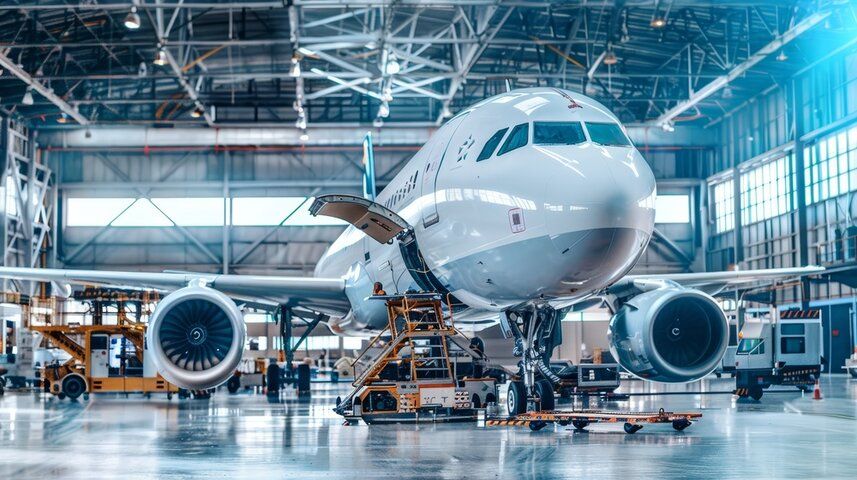
In the world of aeronautical maintenance, every intervention is a meticulous choreography. MRO (Maintenance, Repair, and Overhaul) environments face not only formidable technical complexity but also strict regulatory compliance, constant operational pressure, and risks such as FOD (Foreign Object Debris) or ATEX zones.
Beyond Mechanics: A Precisely Regulated Ecosystem
MRO technicians operate under Part-145 certification, which imposes exhaustive control: absolute traceability of tools, periodic calibrations, standardized records, and meticulously defined procedures. Any deviation, no matter how small, can lead to sanctions, aircraft immobilization, or even compromise flight safety .
Tools: The Invisible Heart of Safety
In this context, a misplaced tool is not a mere oversight but a potential incident. Therefore, the most advanced maintenance centers adopt extreme control systems: bicolor trays for immediate visual inspection, individual coding of each tool, and digitized traceability that allows knowing at all times what has been used and what has not been returned.
FOD: The Invisible Enemy
A simple screw forgotten in the fairing or a key dropped in the hold can become a real threat. FOD is not only combated on the runway: it starts with impeccable tool management, is strengthened with demanding protocols, and is consolidated with a "tool control" culture that permeates all levels of technical personnel.
ATEX: Precision in Explosive Environments
Interventions in ATEX classified zones, such as fuel systems (ATA 28), require certified spark-proof tools, made of special alloys that prevent explosions due to friction, impact, or electrostatic discharge. It is not an option: it is a requirement to operate without compromising lives or structures.
Operating Under Pressure Without Sacrificing Excellence
In MRO, ground time costs. But safety does not allow shortcuts. Solutions must be as portable as they are precise, as safe as they are efficient, aligned with regulations and ATA systems. Because maintaining an aircraft in optimal condition is not just a technical matter: it is a critical responsibility with operational and human impact.

